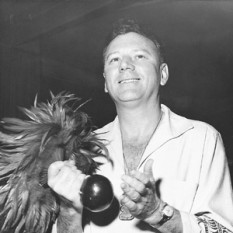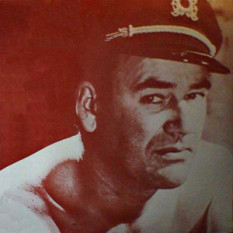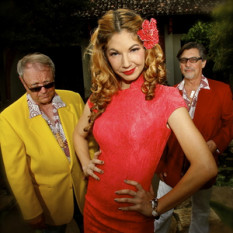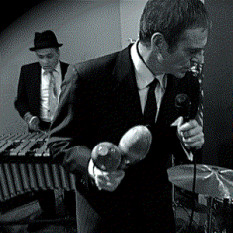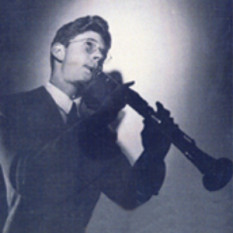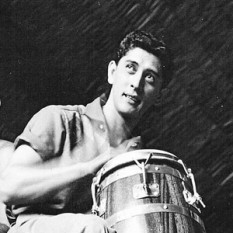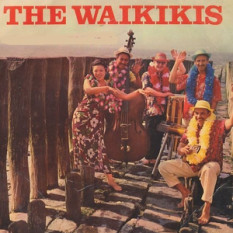Tiki culture is a 20th-century theme used in Polynesian-style restaurants, clubs originally in the United States and then, to a lesser degree, around the world. Although inspired in part by Tiki carvings and mythology, the connection is loose and stylistic, being an American kitsch form and not a Polynesian fine art form.
Soon after World War II came the integration of the idea into music by artists like Les Baxter, Arthur Lyman, and Martin Denny, who blended the Tiki idea through jazz augmented with Polynesian, Asian, and Latin instruments and "tropical" themes creating the Exotica genre. This music blended the elements of Afro-Cuban rhythms, unusual instrumentations, environmental sounds, and lush romantic themes from Hollywood movies, topped off with evocative titles like "Jaguar God", into a cultural hybrid native to nowhere.
There were two primary strains of this kind of exotica: Jungle and Tiki. Jungle exotica was a Hollywood creation, with its roots in Tarzan movies and further back, to William Henry Hudson's novel Green Mansions. Les Baxter was the king of jungle exotica, and spawned a host of imitators while opening the doors for a few more genuine articles such as Chaino, Thurston Knudson, and Guy Warren.
Tiki exotica was introduced with Martin Denny's Waikiki nightclub jungle noises cover of Baxter's Quiet Village. Tiki rode a wave of popularity in the late 1950s and early 1960s marked by the entrance of Hawaii as the 50th state in 1959 and the introduction of Tiki hut bars and restaurants around the continental United States. .

